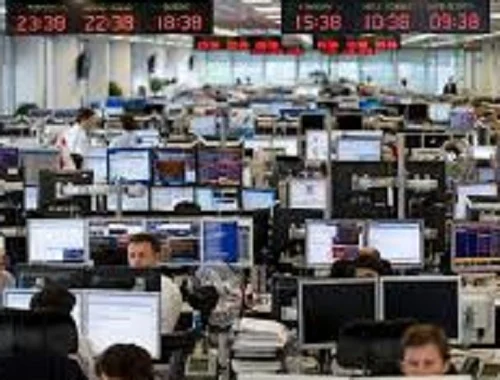Post-pandemic: the Devil is in the Detail
24th May, 2021|Tracey Betts-Allen, consultant at Horizon Software

By Tracey Betts-Allen, consultant at Horizon Software
There is no question that the physical act of trading today has moved a long way forward in a very short space of time – in no small part thanks to COVID. Not only are today’s traders sitting in different continents and time zones, but they are also socially distanced from their colleagues in the same office, or more likely working from home. This has put a huge emphasis on technology and processes working seamlessly at all times. A report by the World Federation of Exchanges (WFE) praised the “role of market infrastructure during the height of market volatility last March”, which ensured “markets remained resilient, trusted, and efficient.”
But what has this “new normal” truly meant for the world of derivatives trading? Volatile markets and uncertain times are generally positive triggers for the market as a whole. In the first half of last year, exchange traded derivatives volumes were up 23.4% in comparison with figures from H2 of 2019. Only time will tell as to whether volumes remain at these new highs. One thing for certain is that we have certainly witnessed an acceleration of the trend towards greater electronification in listed markets. The closure of the CBOT floor during the height of the pandemic forced options on-screen, with trading taking place up to 90% electronically. That has reverted to around 40-50% in the order book but looking long-term traders have got more comfortable trading on-screen with 24-hour access. This can only be expected to further grow electronification not just in over-the-counter markets, but across the entire listed universe.
The wide-scale adoption of electronic trading in derivatives is requiring many aspects of the market to become more standardised. This, in turn, renders easier access to end clients and also permits new market participants to become end clients. Therefore, in order to maximise the potential for clients to trade, the capacity to tailor specific service offerings is imperative as the post-pandemic world begins to take shape. It is thus imperative, in the quest of adding value, to both acquire a sound understanding of the needs and daily challenges for each client – and regularly update this knowledge – as even the most traditional client set-up will be faced with intricate changes in an evolving working environment. The assumption that the collection of ever-increasing reams of information required for regulatory purposes may suffice to be meaningful, without detailed analysis or personal fact-finding, is incorrect.
Proficient, flexible, customizable trading systems which connect easily to the relevant sources in a timely manner, and permit creativity for clients when determining trading strategies, are becoming an indispensable tool for trading the right instrument on a timely basis. As this new working landscape begins to take shape over the coming months, it is clear market participants can gain more granular levels of insight to access the best possible sources of liquidity in the derivatives markets.


